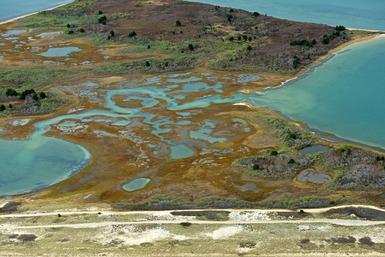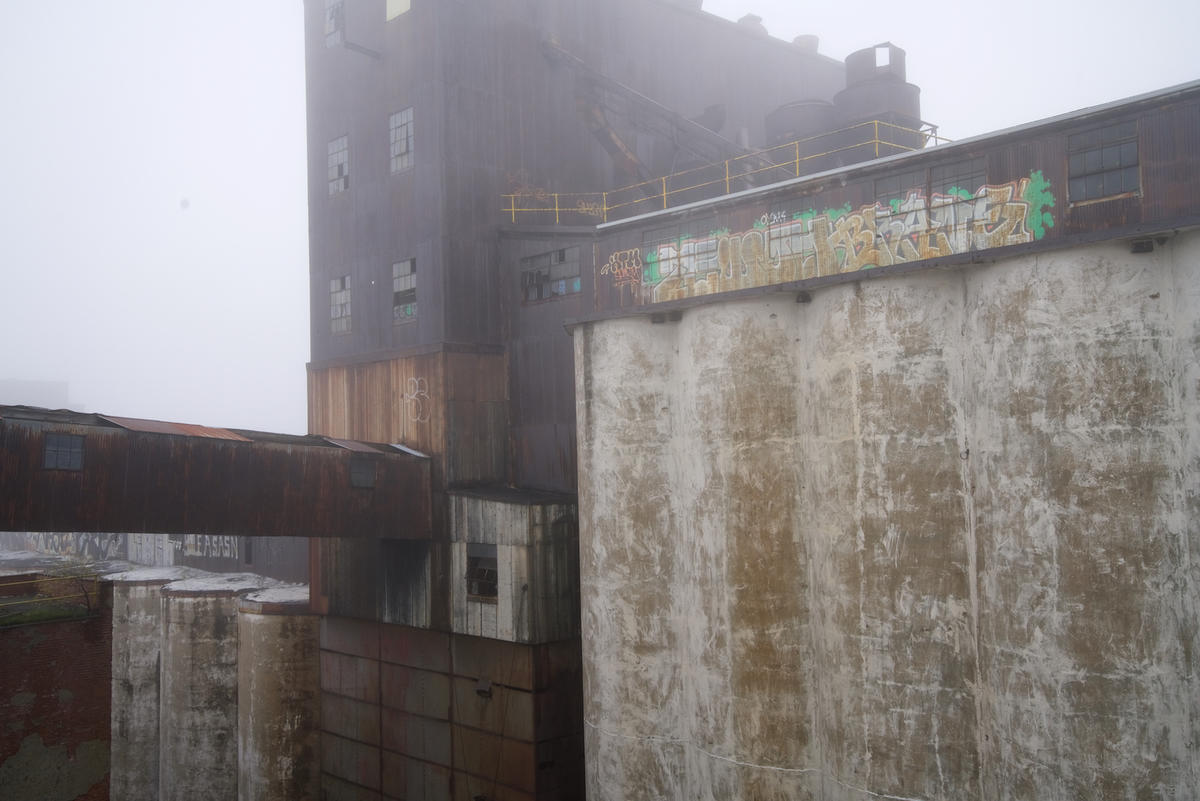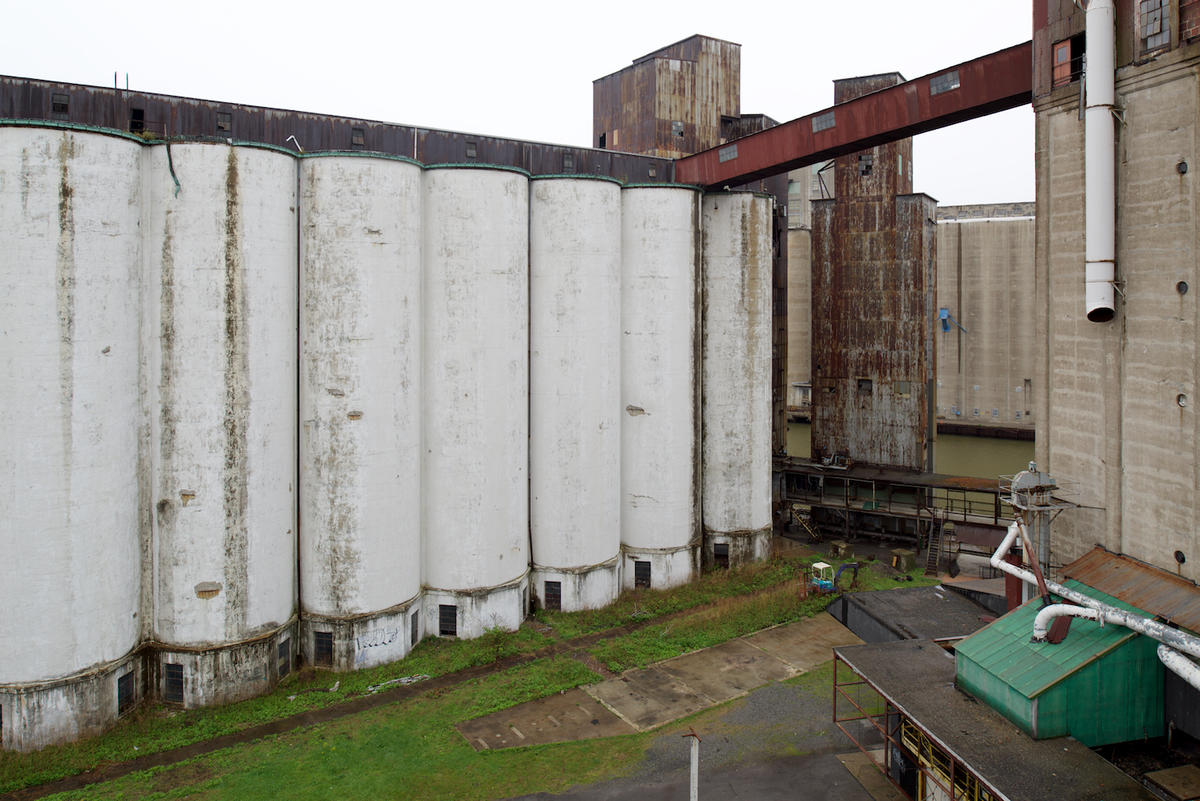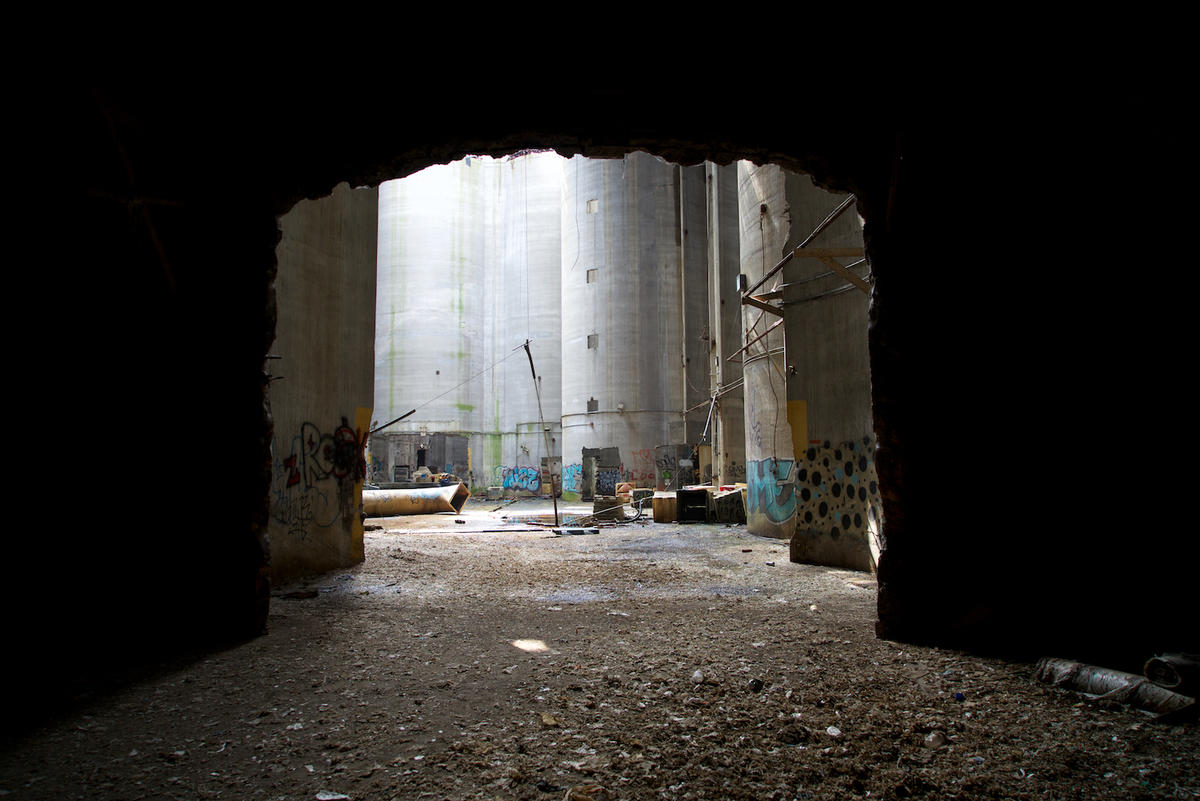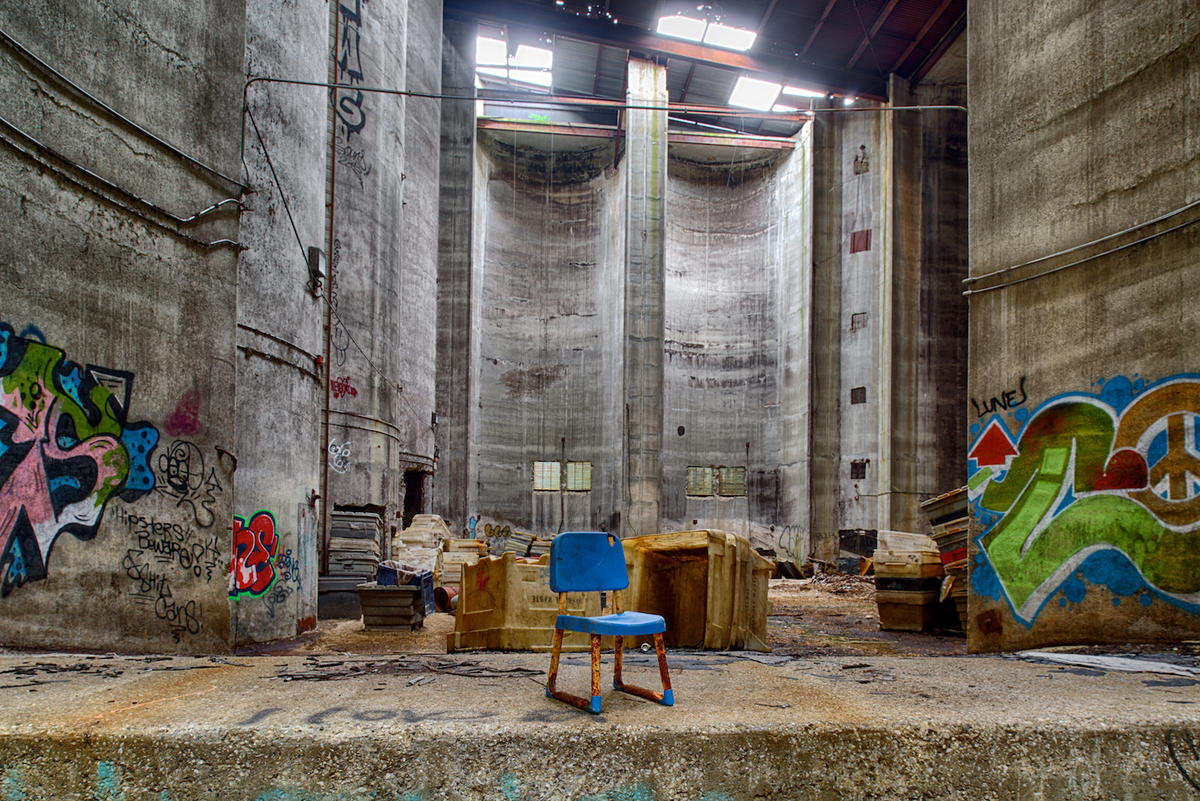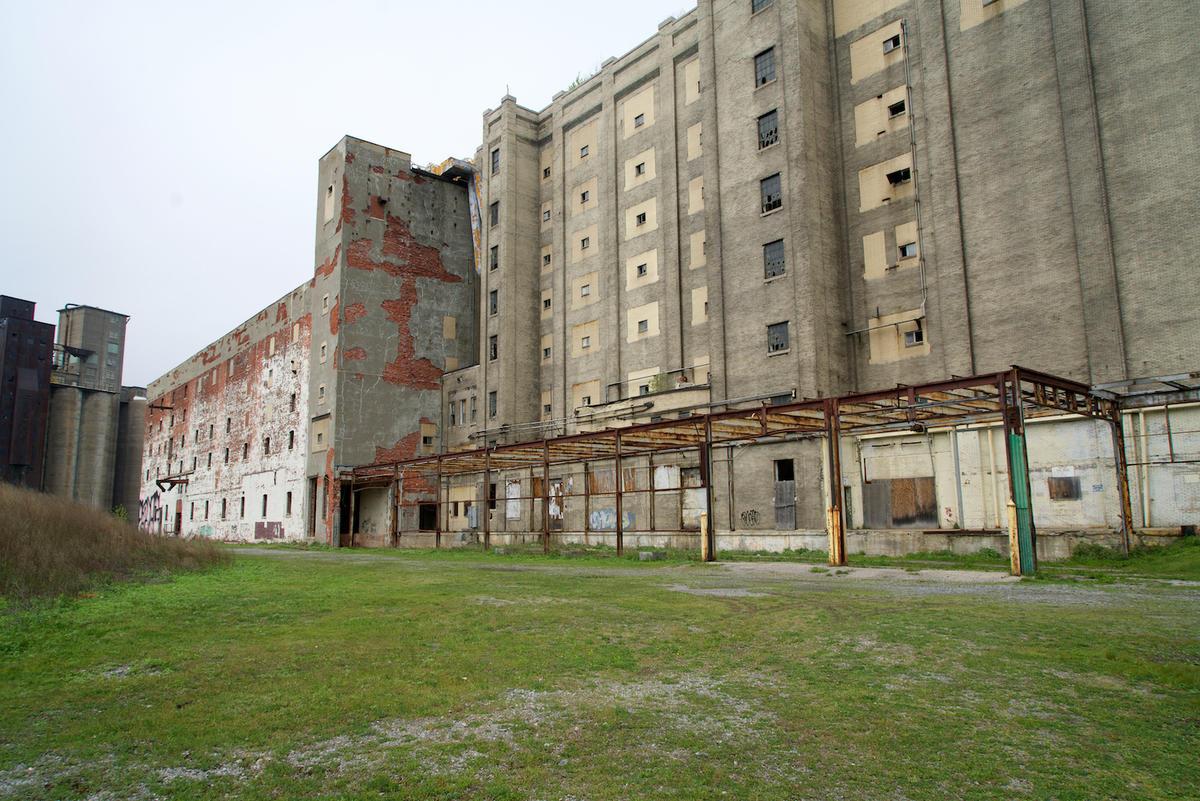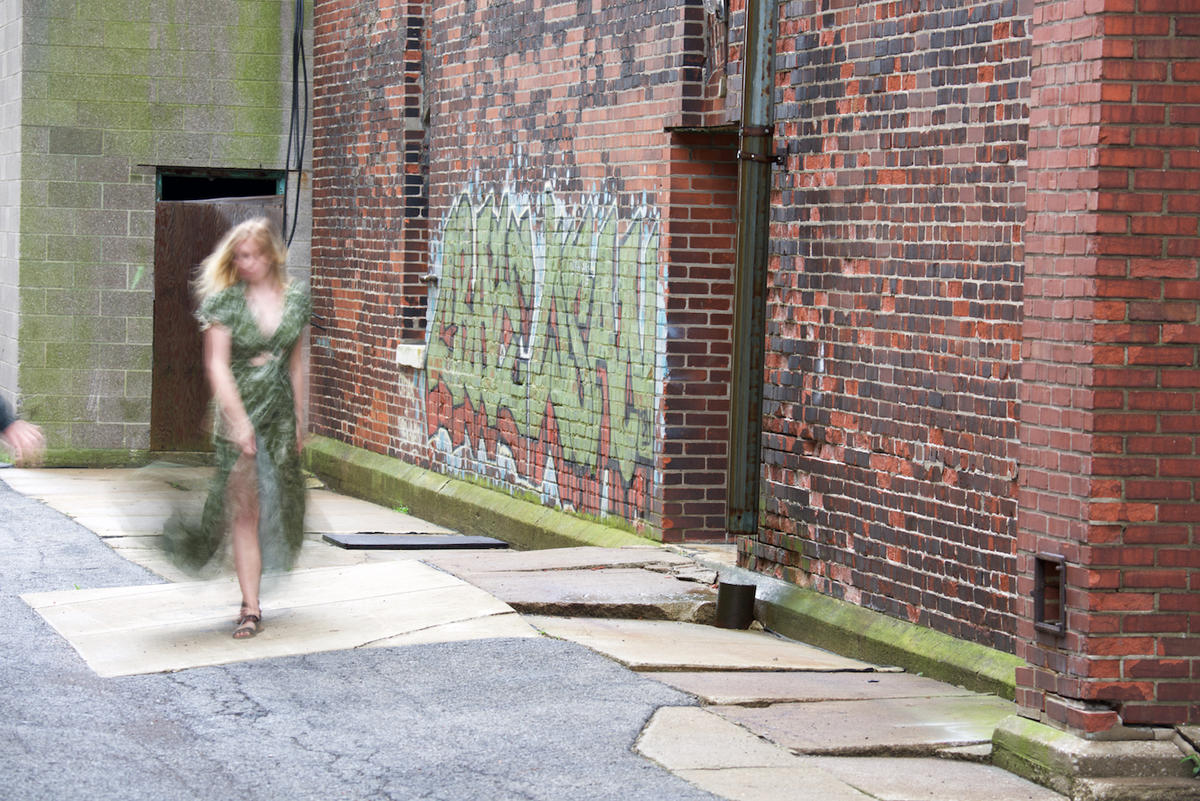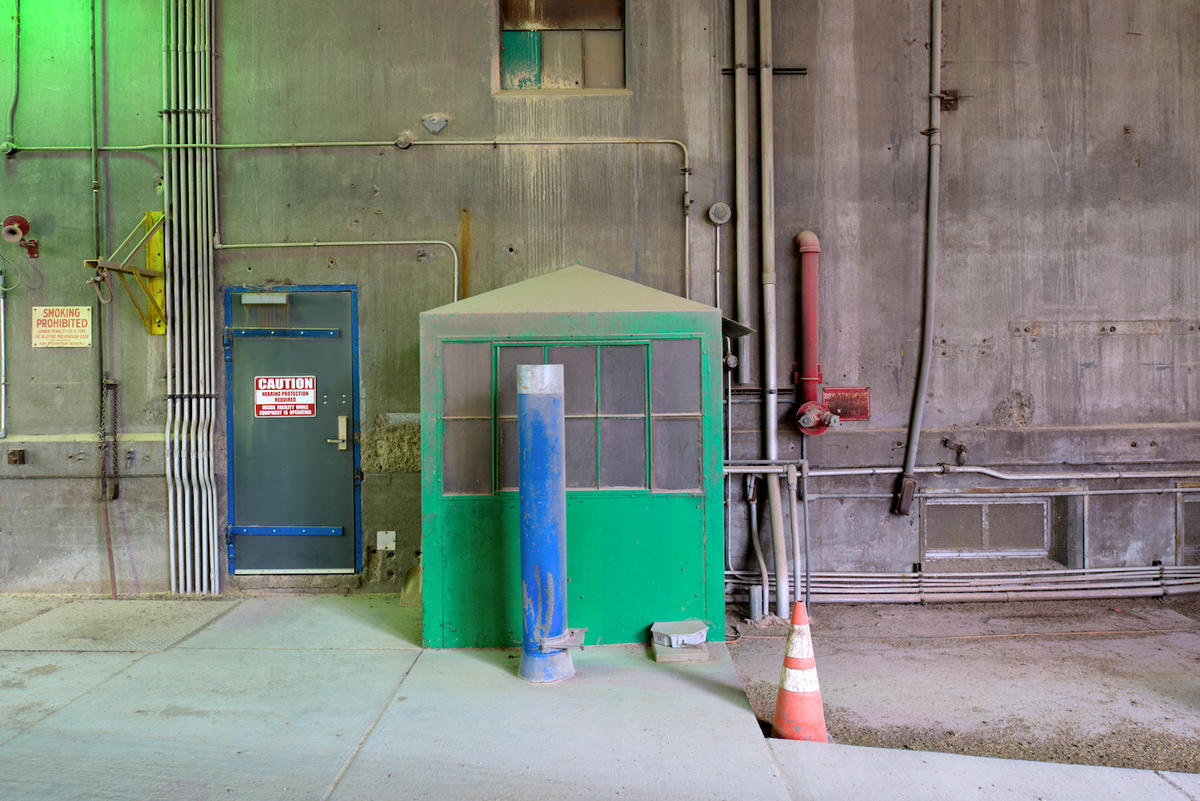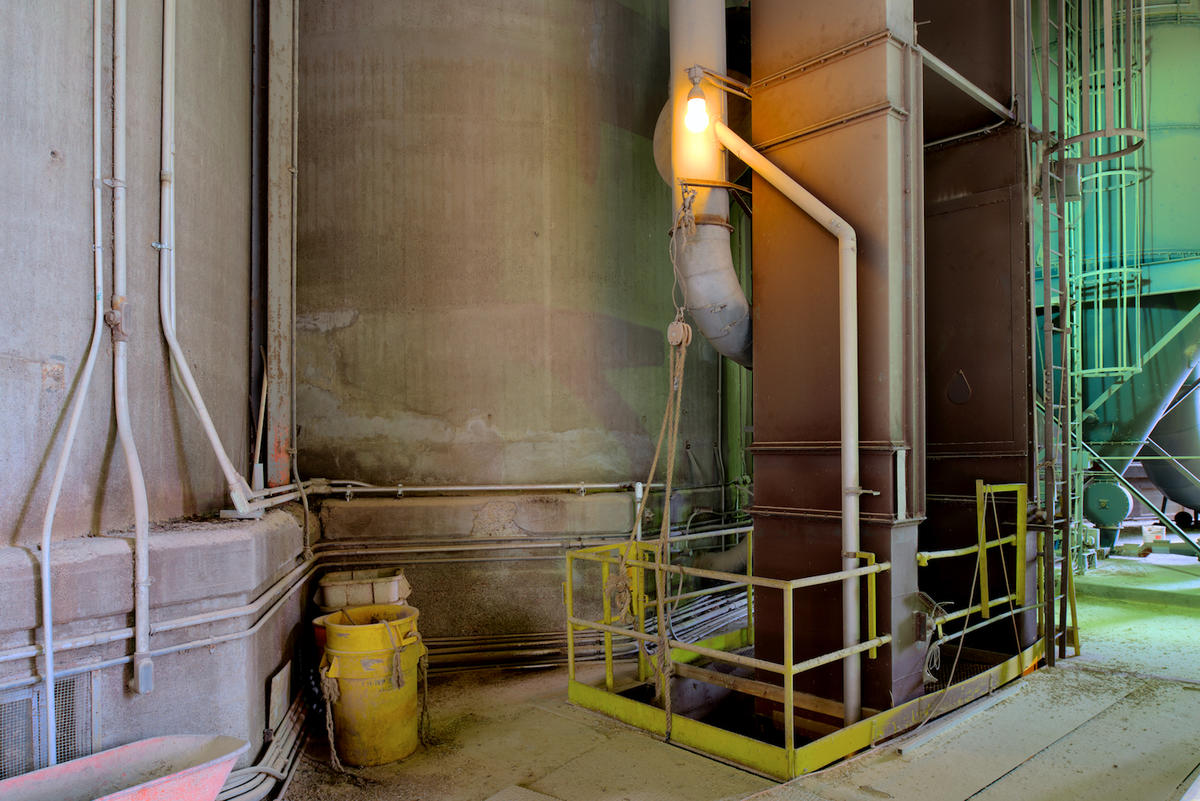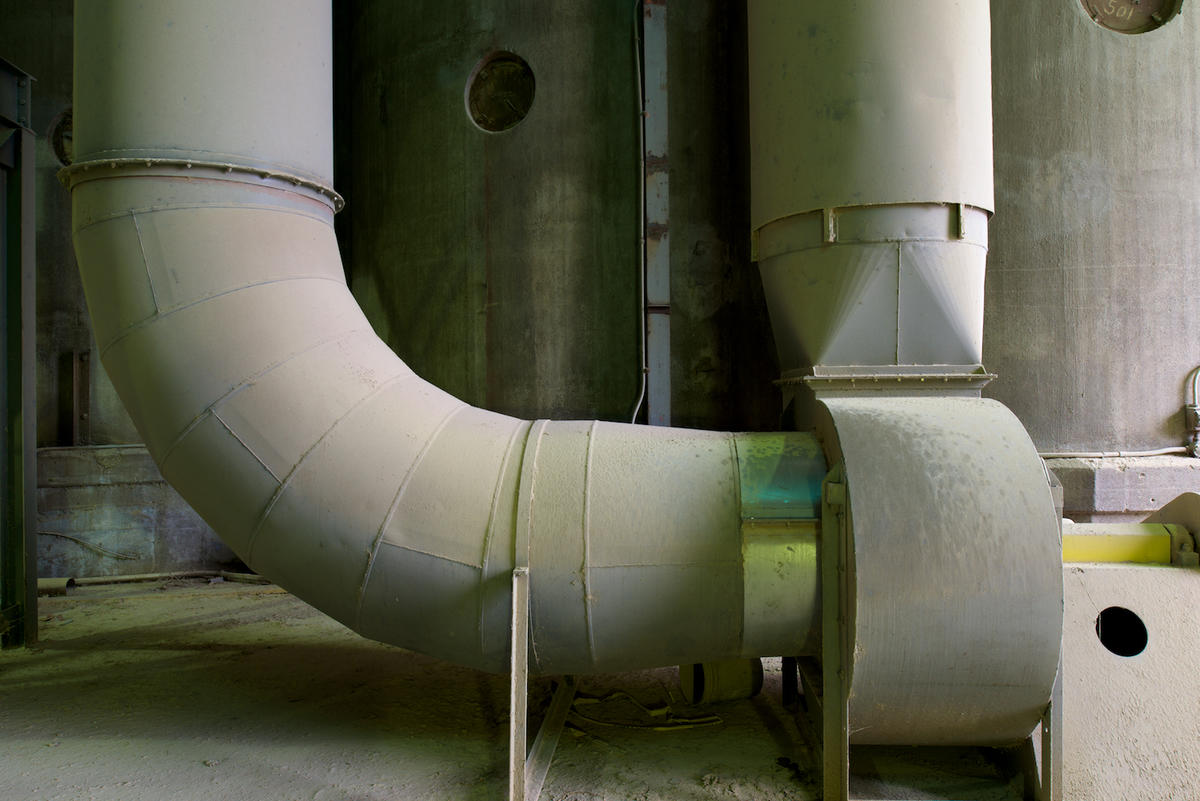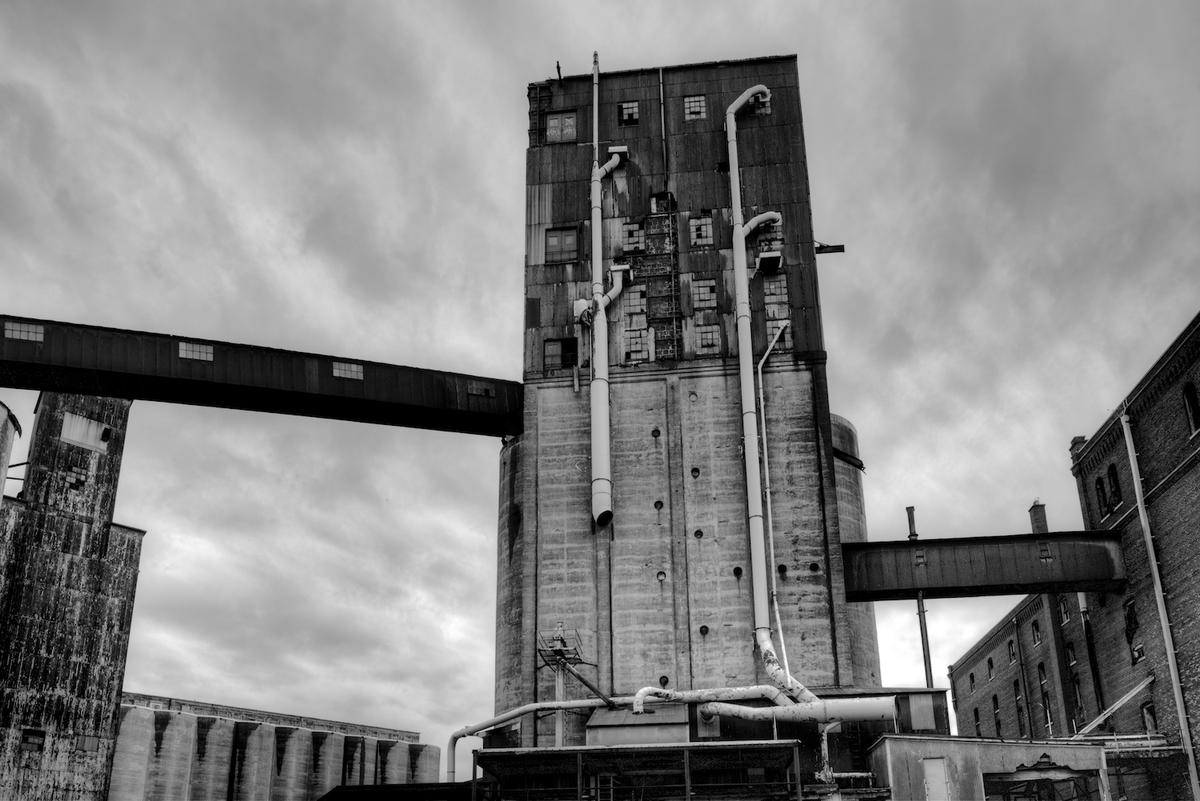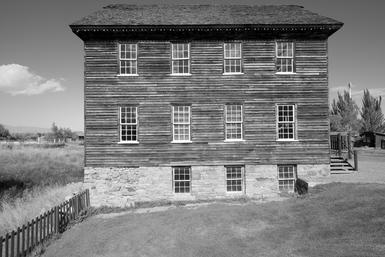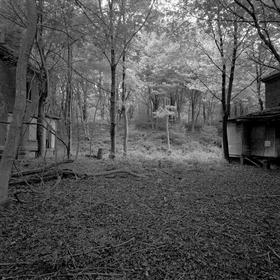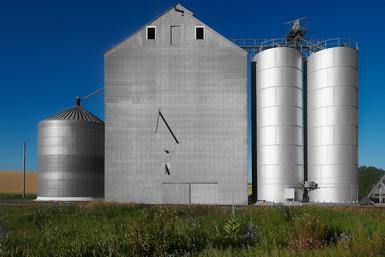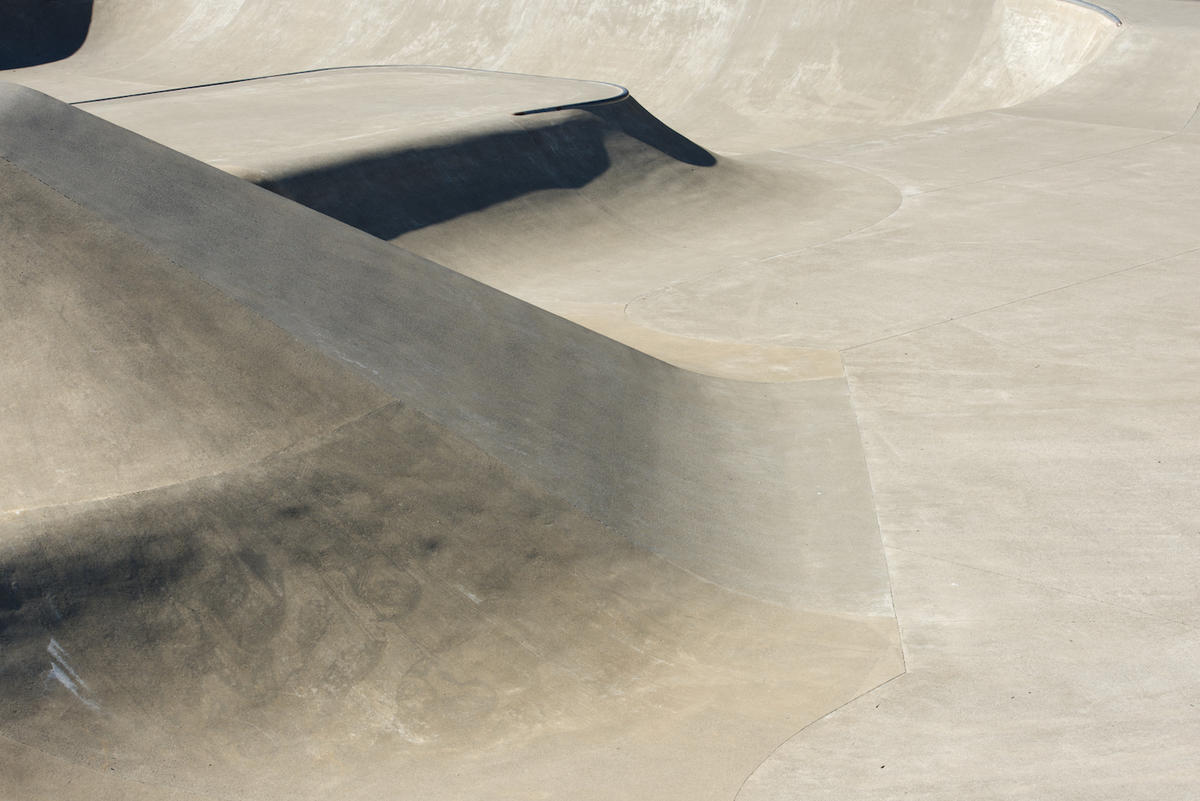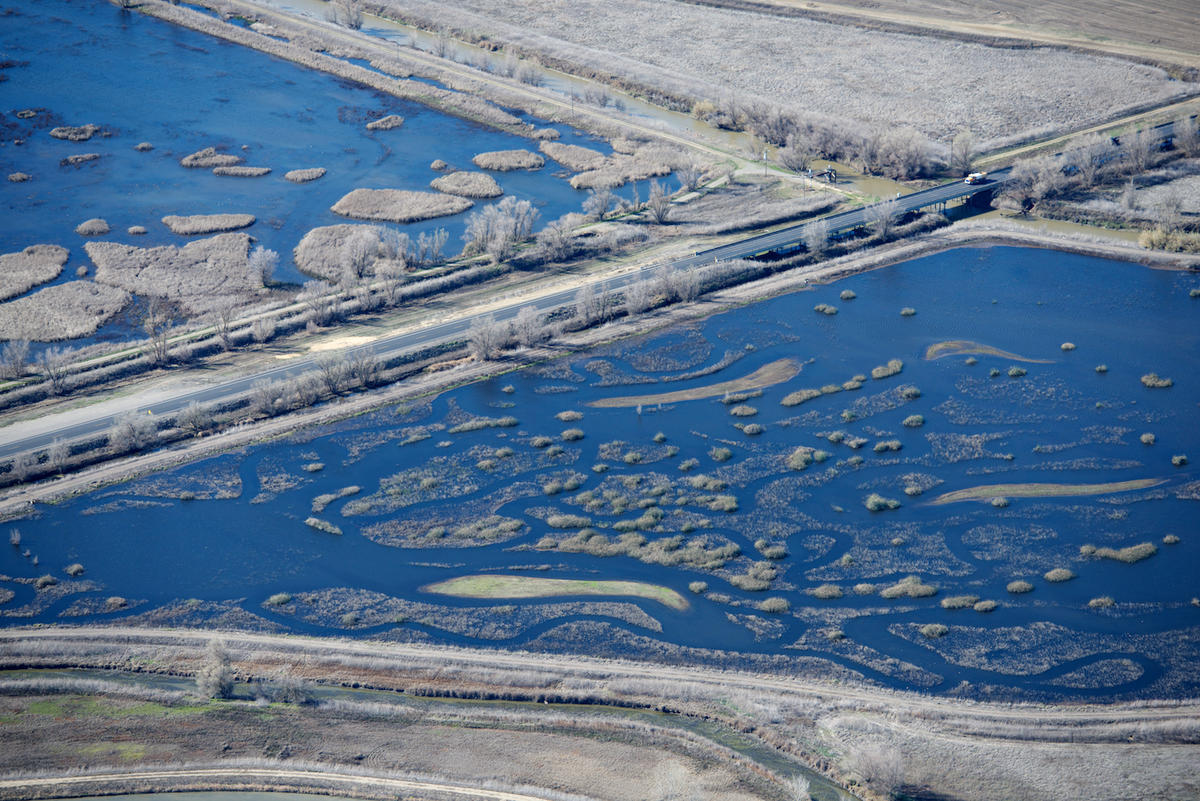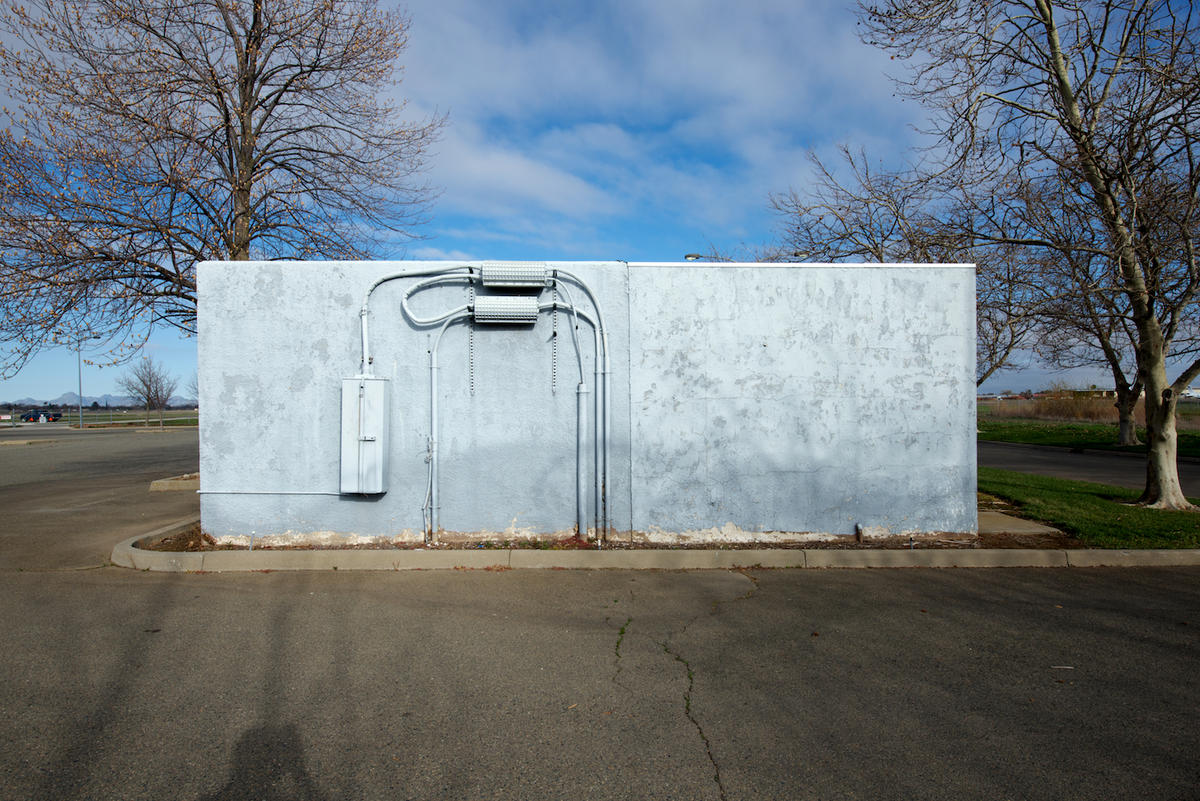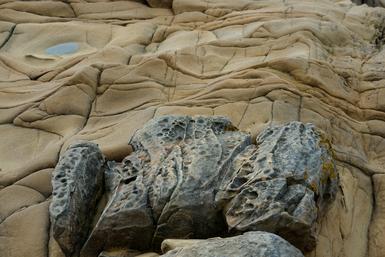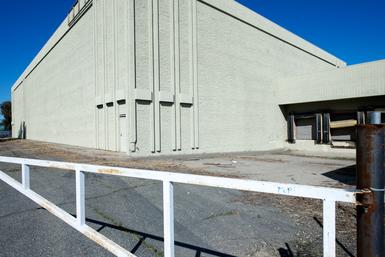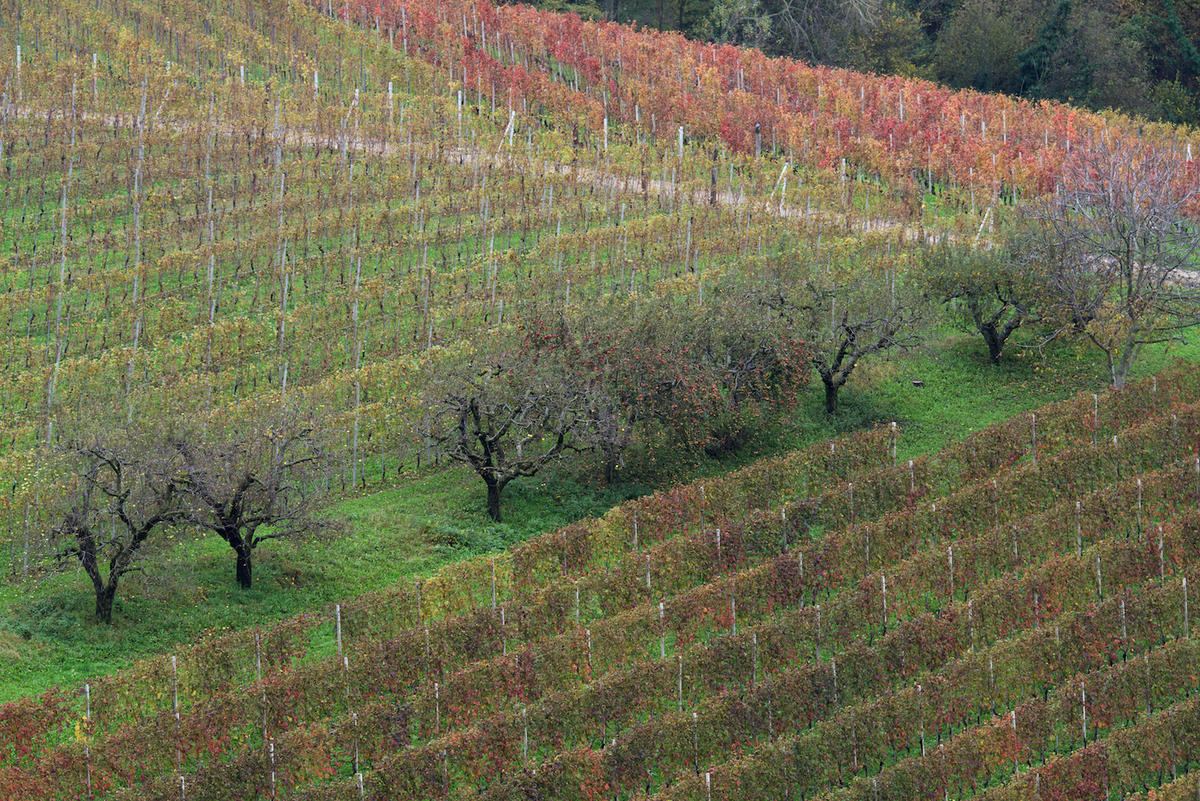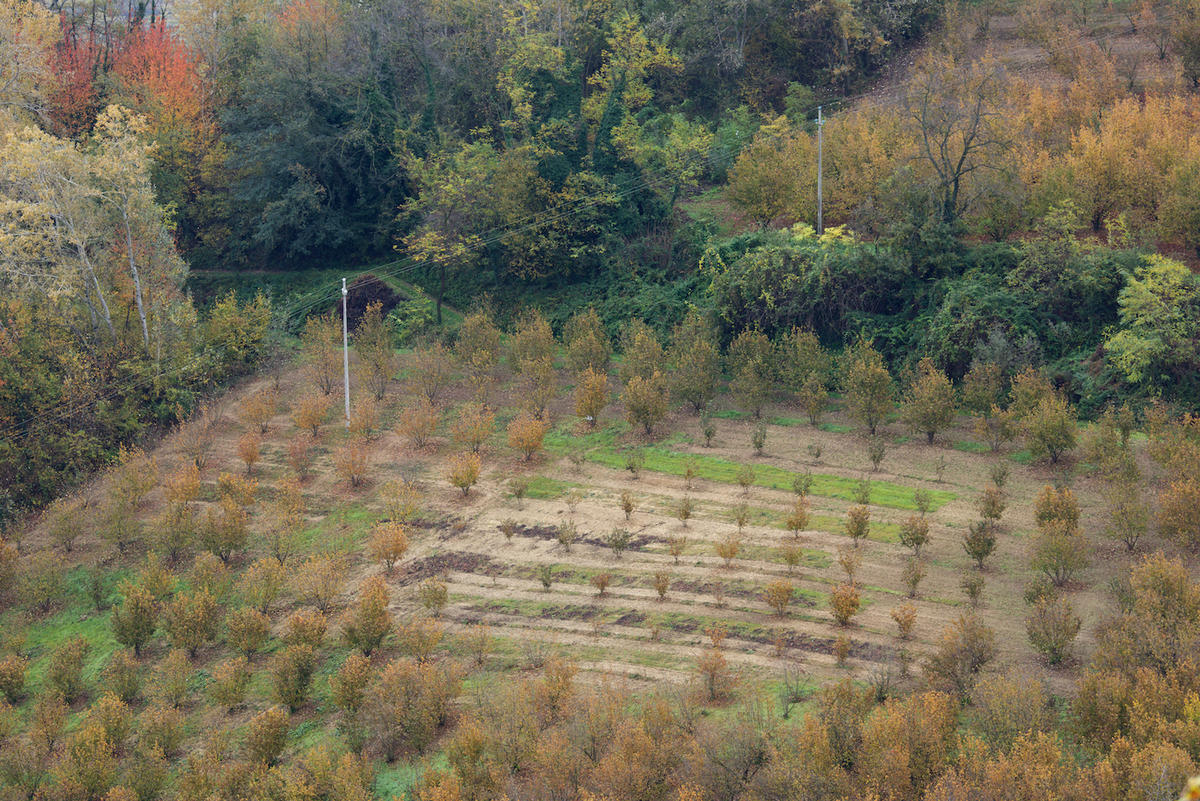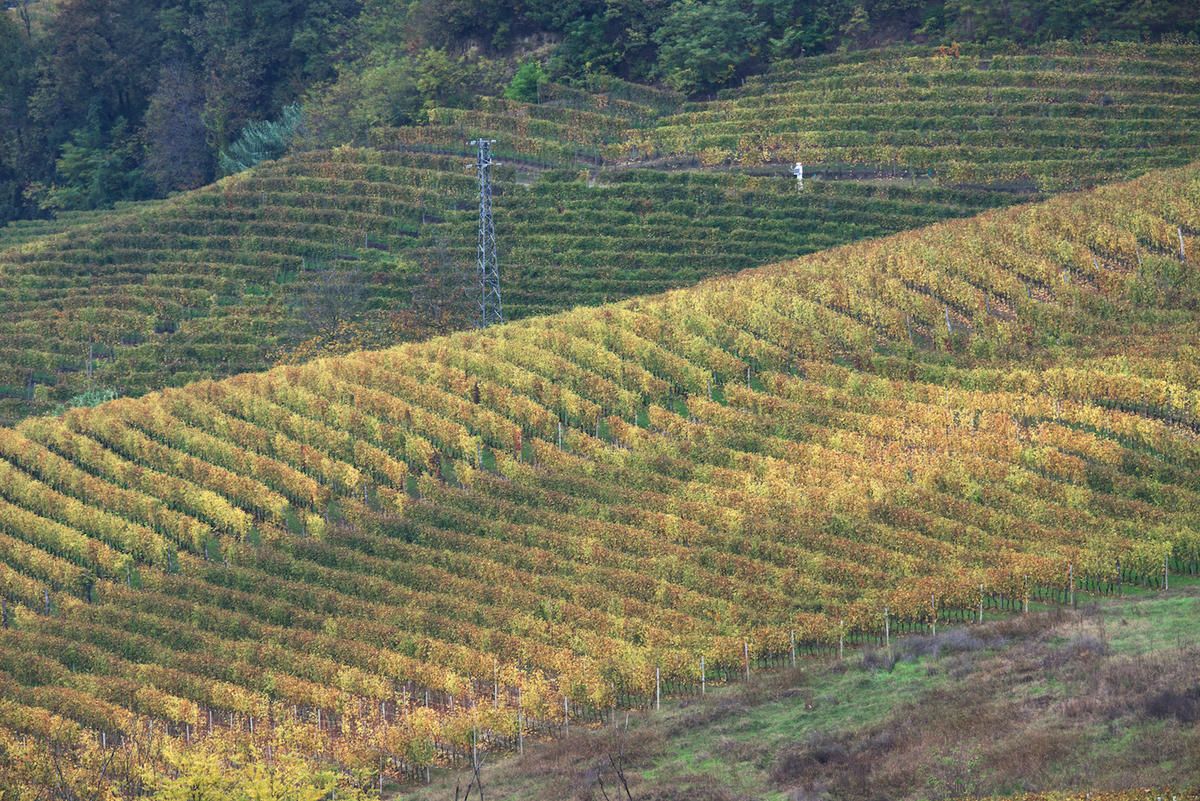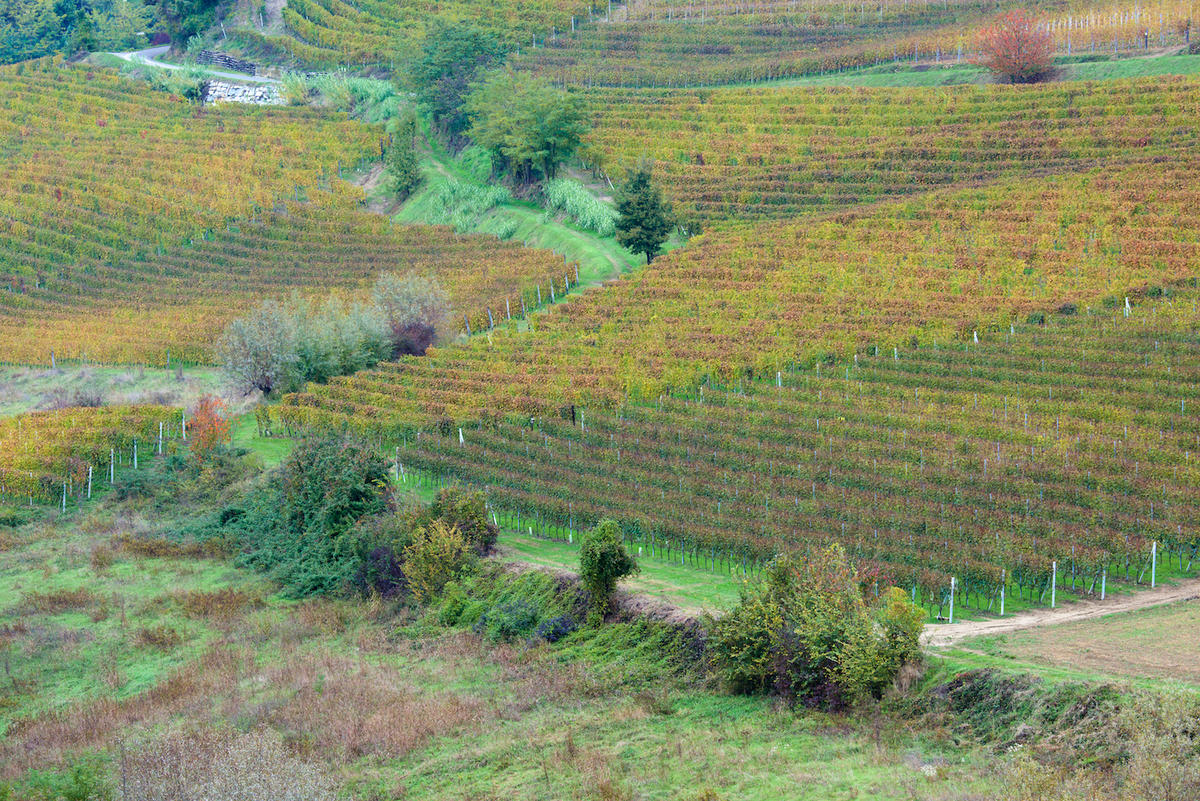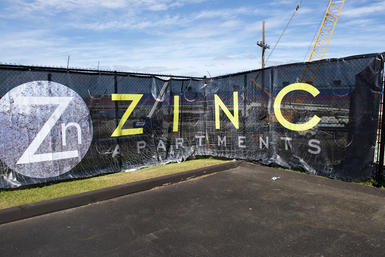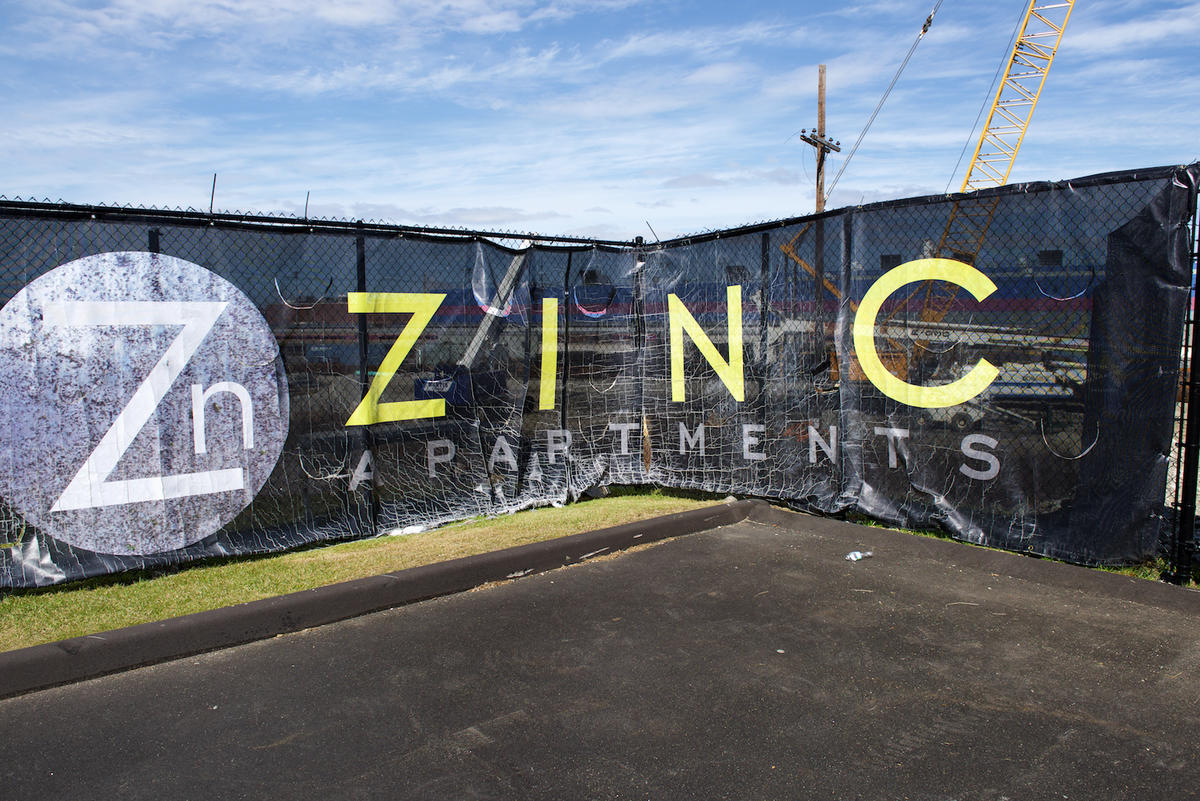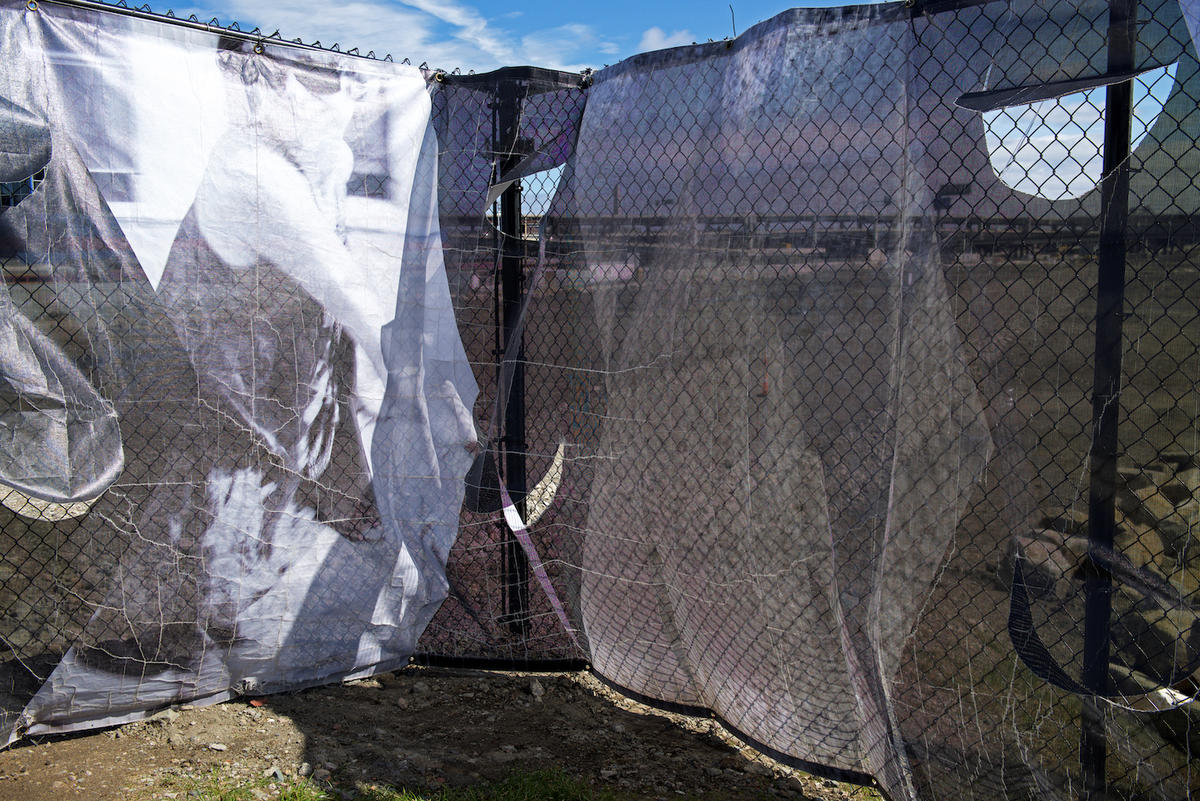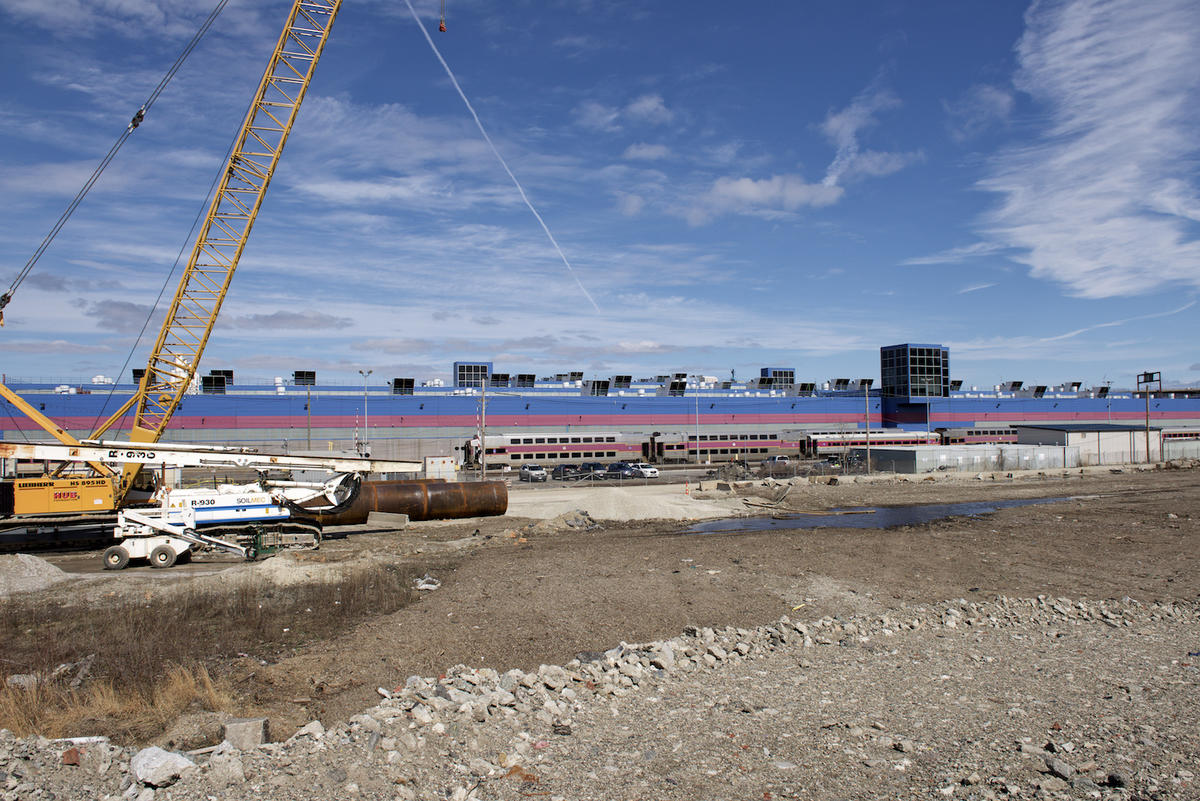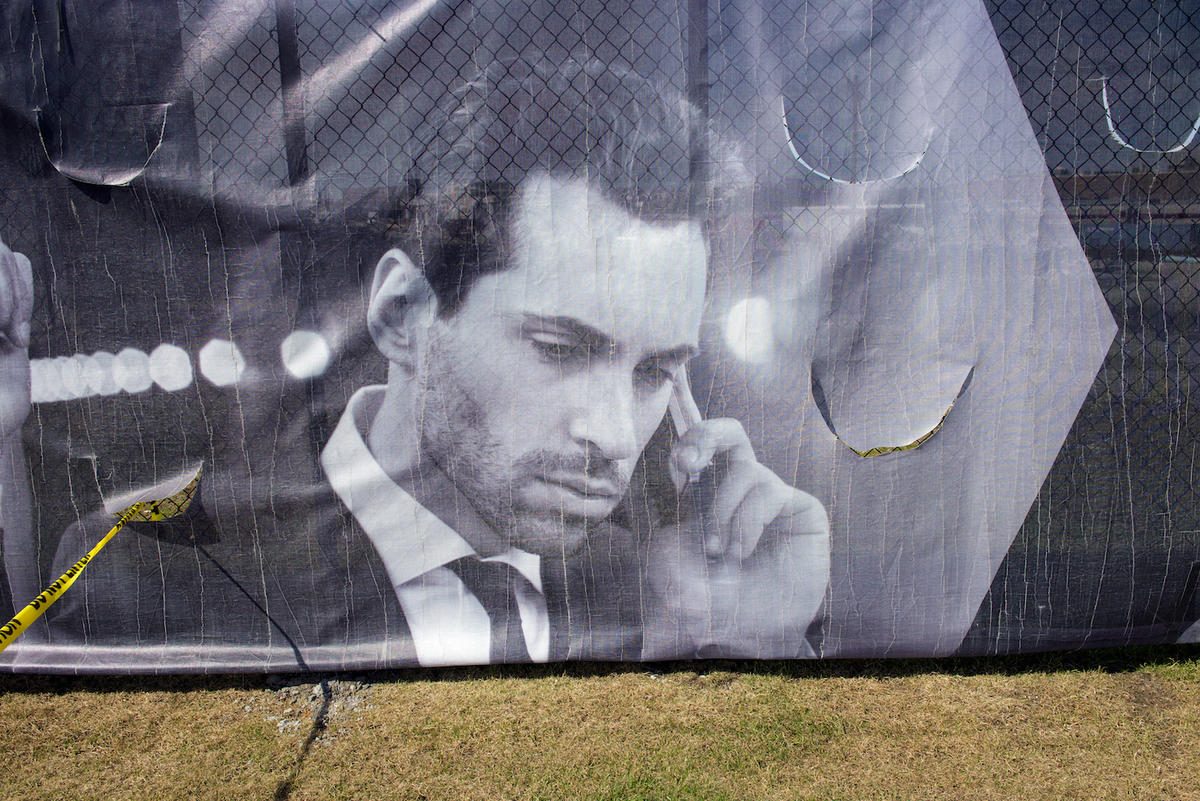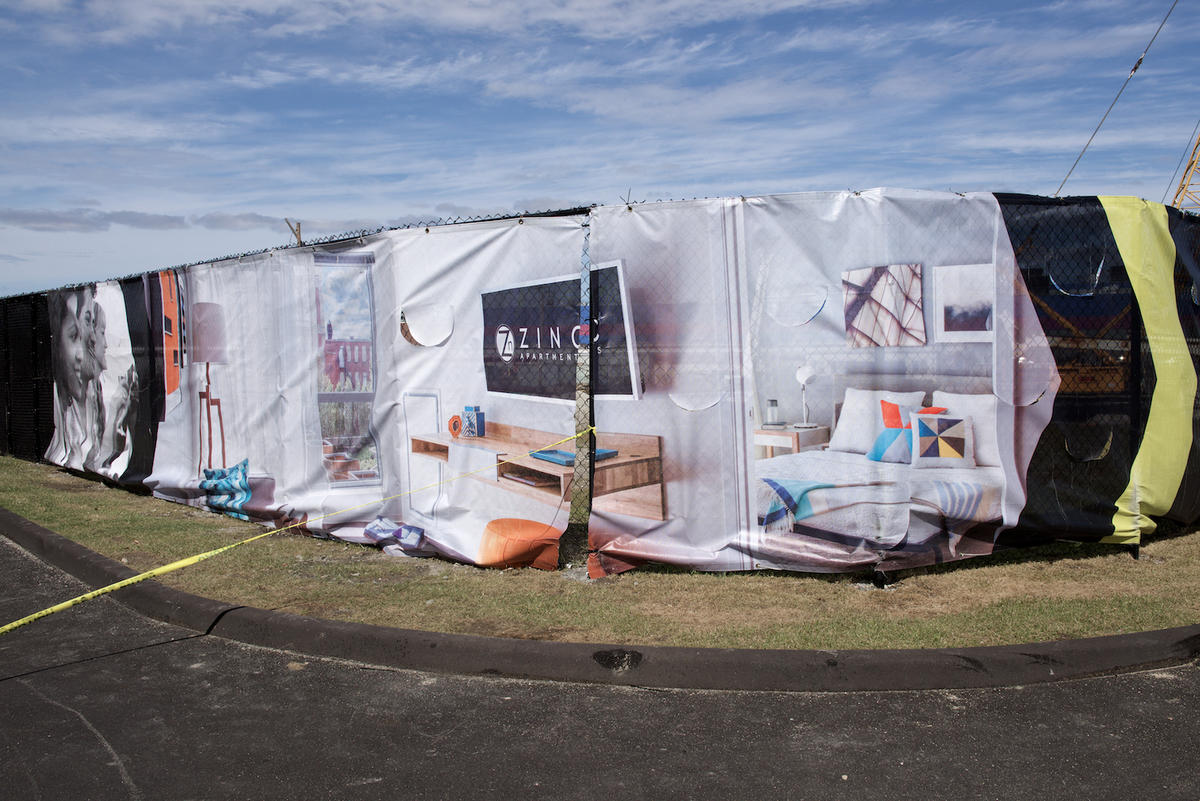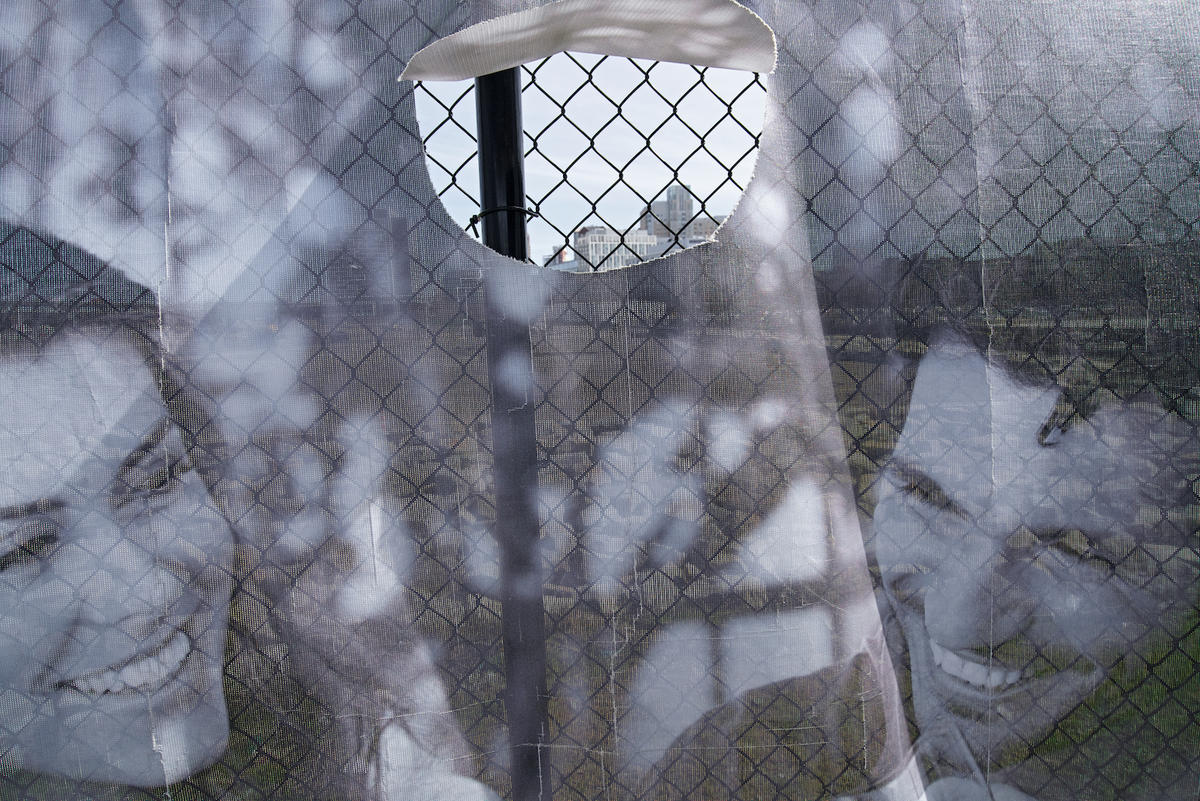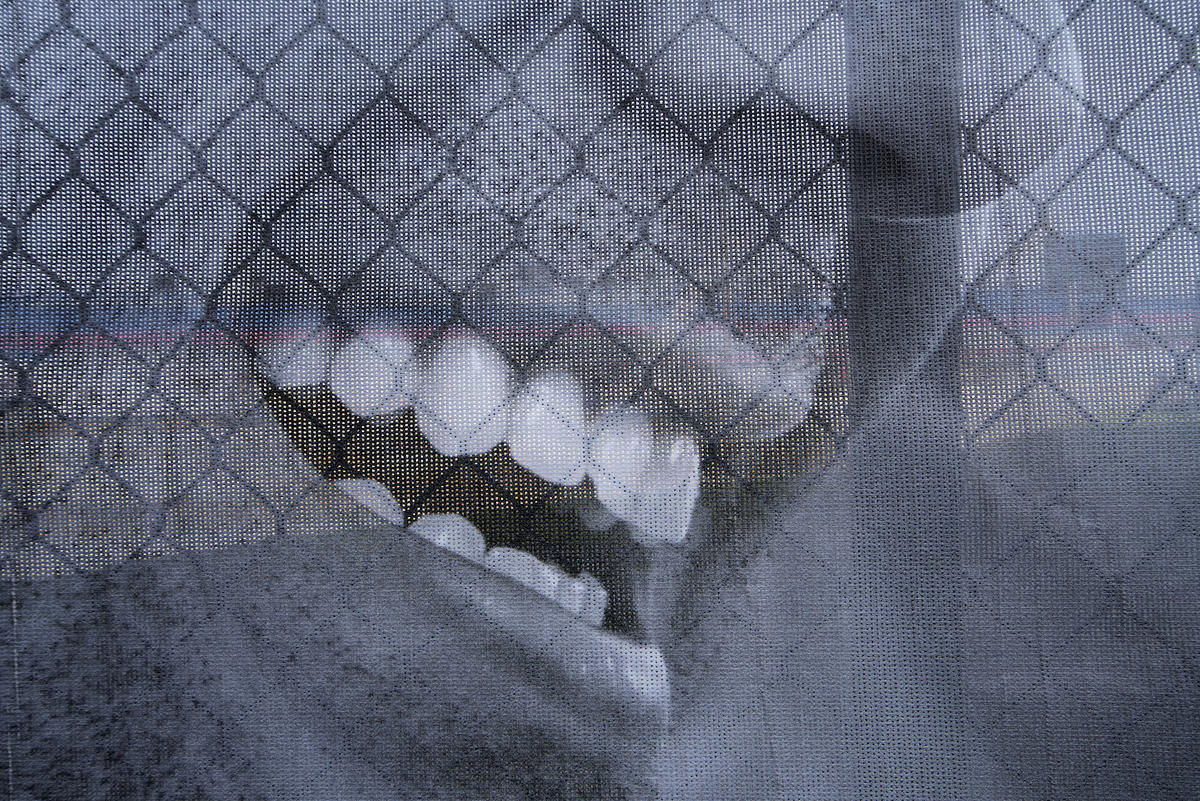Working Close to Home
Throughout my career as an artist, primarily as a landscape photographer, but also working in other genres, I have returned countless times to Martha's Vineyard, where the Rantoul family home is. My parents built a house in the town of Chilmark in the mid sixties and after they died I share the home with my two sisters. We rent the house most of the summers and use the house in the spring and fall. As a matter of fact I am there now, writing this post rather than out photographing as it is raining and cold, with a steady fine rain that feels like a long time commitment to me.
While there have been real blocks of time where I couldn't of cared less about photographing here the past few years have resulted in a large amount of work, made both aerially and as ground based series too.
I find it wonderful to have such a richness of beauty and form right near by. It does inspire me to work here these days, challenges me to come up with new projects and ways of interpreting what is here. Perhaps you have this too where you live. Things close by that you see daily that when seen through the eyes of an artist can be used to make art. I'd encourage this, this looking closer, considering what you pass by everyday as ammunition for your pictures. Your increased knowledge of an area seen daily on your way to work, the macro examination of your backyard, the looking with a camera at the place where you get your coffee every morning, the different perspective and vantage point to something so taken for granted, so very mundane that it is almost invisible or as you think about that meeting coming up or that deadline approaching or next weekend when there's a camping trip or a reunion with old friends or a first date or.... you know what I mean. As visual artists we are trained observers, nothing gets past us, we are like sharks on a hunt, predators on the prowl, looking for pictures to make.
• • •
Now I am off island, but I was on the Vineyard last weekend and went up to the famous Gay Head Cliffs on Memorial Day Weekend in the afternoon on a nice day to see what was going on, this the unofficial start of the summer, only to find many many tourists taking selfies and posed snapshots with the cliffs or the lighthouse in the background. Not a camera in sight, all smart phones. I sat there and watched it all unfold, like a changing set of actors on a stage. What a killer this must be to the camera manufacturers who relied on the huge amateur market for most of their revenue for a very long time. Instamatics, Polaroid SX-70's, the Brownie, the Swinger, etc.
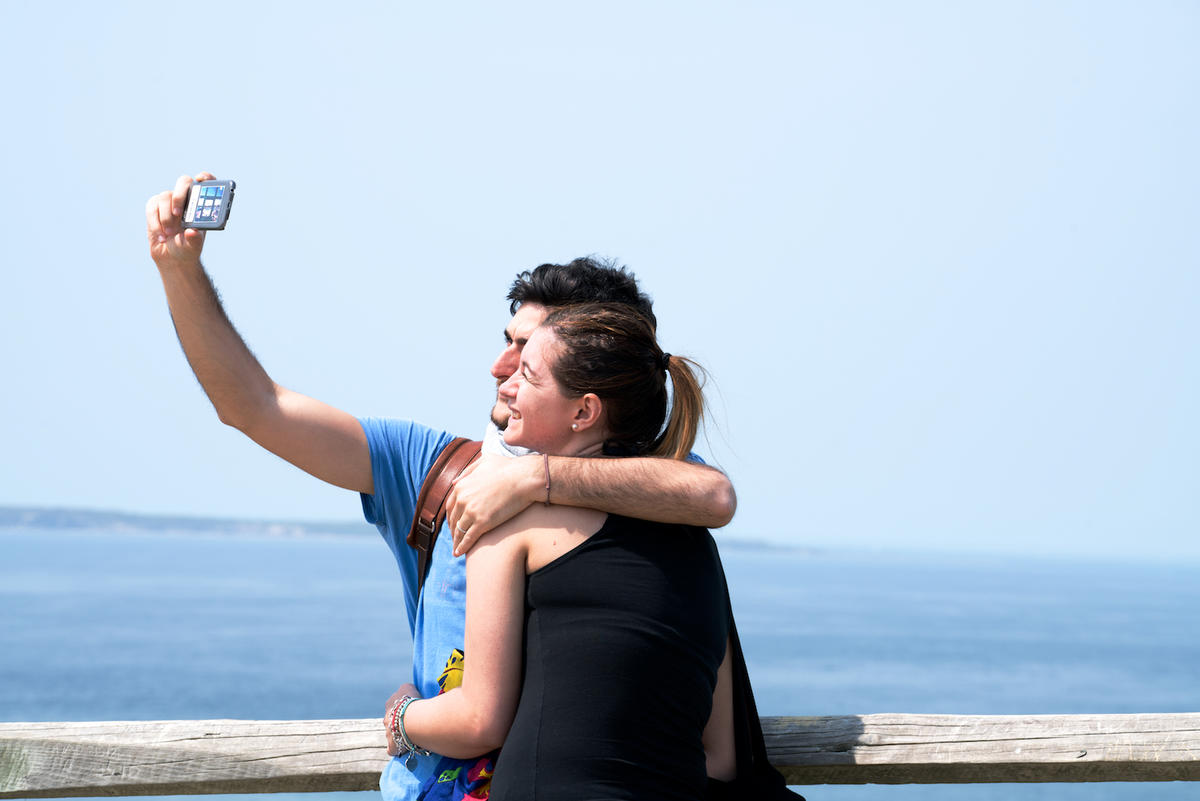
Talk about sea change, the smartphone picture is now practically universal with the point and shoot cameras for all intents and purposes gone. Yes, there are specialized cameras like waterproofs, action cams and drone cameras, but the phenomenon of bringing the camera on the vacation is really over. The smartphone rules. The best camera is the camera you've got with you and everyone has a phone with them, all the time.
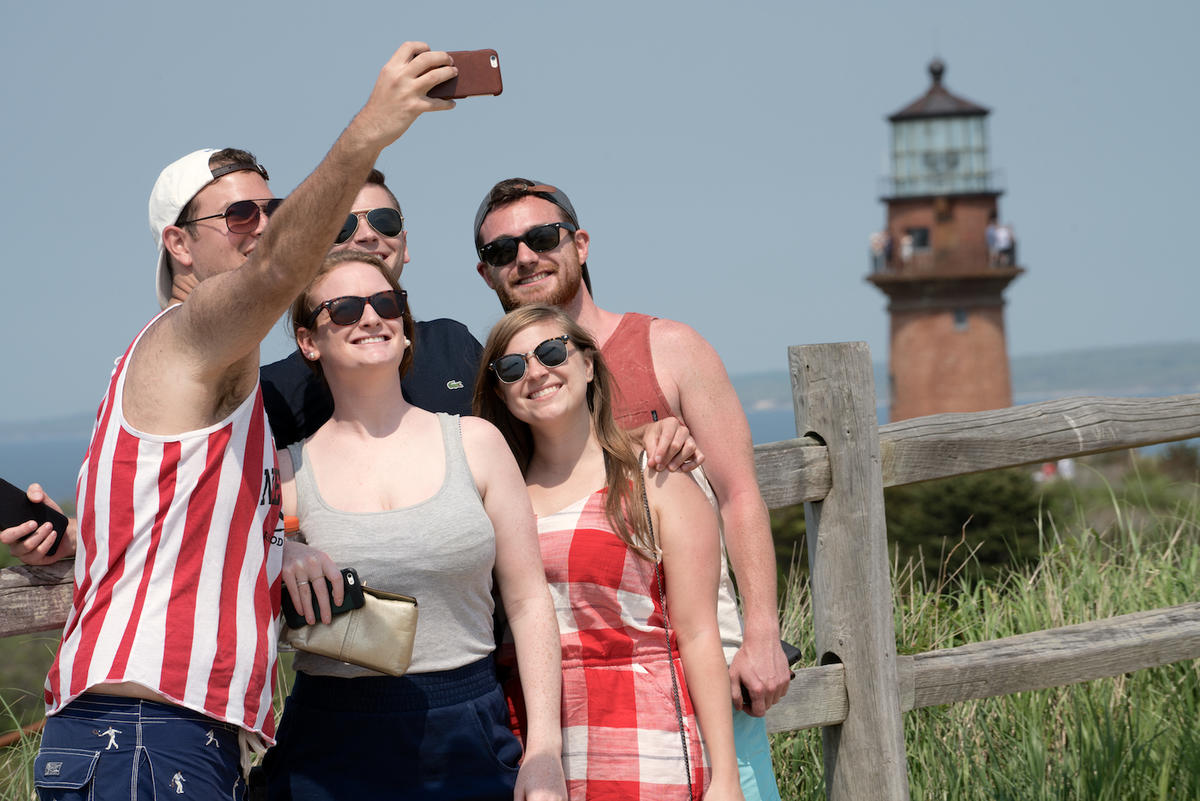


You can see why the smartphone companies are making improvements to the cameras in their phones. This is a way to create a competitive edge.
So, did I take these with a smartphone? I did not.
